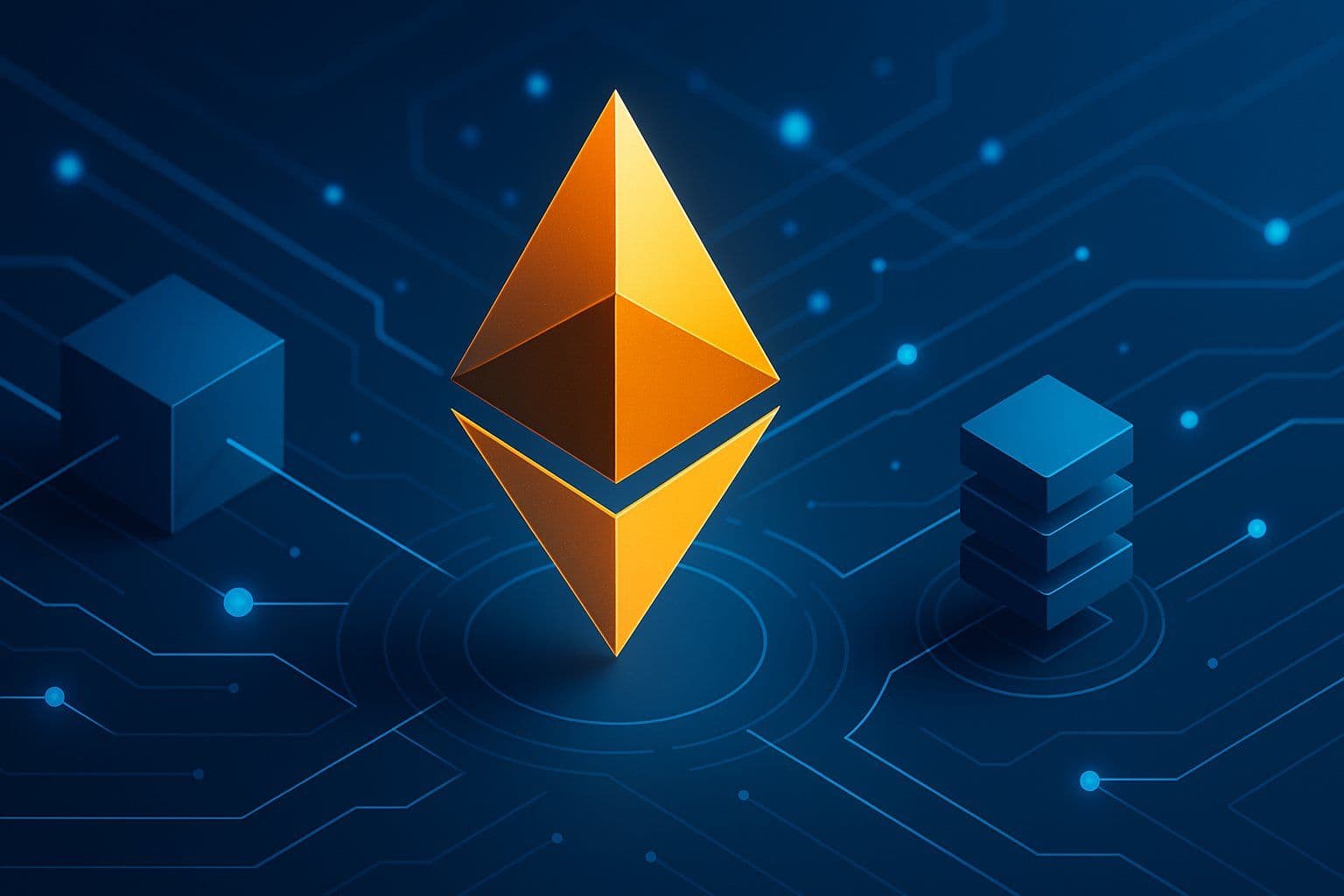The Ethereum network is on the path toward a significant architectural upgrade known as danksharding, a development poised to address two of its most persistent challenges: high transaction fees and network congestion. As part of Ethereum's long-term roadmap, this advancement aims to make the blockchain drastically more scalable, faster, and more affordable for everyday users.
Following the implementation of proto-danksharding (EIP-4844), which introduced a preliminary version of this concept, the stage is set for the full rollout. This next phase is a crucial part of "The Surge," a series of upgrades focused on boosting Ethereum's transaction capacity. For the average user tired of unpredictable gas fees during an NFT mint or a DeFi trade, danksharding represents a fundamental solution designed to streamline the entire experience.
Creating More Room with Data Blobs
At its core, danksharding works by expanding the amount of data that can be attached to each Ethereum block without slowing down the main network. It achieves this by introducing a new, temporary storage space called "data blobs." These blobs are designed to carry large amounts of transaction data from layer 2 solutions, known as rollups, which bundle user transactions together off the main chain to save space.
Think of it like adding a massive, dedicated cargo lane to a busy highway. Instead of all the trucks (layer 2 data) competing for space in the main traffic lanes, they can use their own high-capacity lane. This frees up the main Ethereum blockchain to focus on security and final settlement while rollups handle the bulk of the transaction load more efficiently. By providing this cheap, abundant data space, danksharding directly reduces the cost for rollups to post their transaction batches to Ethereum, a saving that can then be passed on to end-users.
Why This Matters for Your Digital Wallet
The practical benefits of danksharding will be felt directly by anyone who interacts with the Ethereum ecosystem. When network activity surges, such as during a popular NFT collection launch or a volatile day in the DeFi markets, gas fees can skyrocket as users compete for limited block space. This often makes small transactions economically unviable.
Danksharding is engineered to alleviate this pressure. By making it substantially cheaper for layer 2 networks like Arbitrum, Optimism, and Polygon to operate, it encourages more activity to move onto these secondary layers. For the user, this translates to:
- Lower Transaction Costs: Fees for swapping tokens on a decentralized exchange, minting an NFT, or interacting with a Web3 game could fall to just a few cents, instead of several dollars or more.
- Faster Confirmations: With less congestion on the main chain and more efficient processing on layer 2s, transactions will feel quicker and more responsive.
- A More Accessible Network: Reduced costs open the door for new applications and use cases that were previously too expensive to build on Ethereum, fostering greater innovation.
The Road Ahead Through The Surge
Danksharding is not an overnight change but a key milestone in Ethereum's multi-year development plan. Its predecessor, proto-danksharding, was a critical first step that laid the necessary groundwork. The full implementation of danksharding is expected to be a central feature of the network's evolution through 2025 and 2026 as it progresses through The Surge phase of its roadmap.
As developers continue to build and test the required components, the Ethereum community is watching closely. The successful rollout of danksharding is seen as essential for ensuring the network can support a global user base and compete with newer, faster blockchains. Ultimately, this upgrade is about making Ethereum more scalable and accessible, transforming it from a system that sometimes feels exclusive into an open, efficient platform for everyone.


Comments